Shop for a fridge or washing machine and it’s likely you’ll look very closely at energy efficiency ratings. Because using electricity responsibly is the right thing to do.
Shop for a car and as long as it’s a battery electric vehicle (BEV), it’s likely to get the thumbs-up from an eco point of view, because any EV is progress for the planet over burning fossil fuel. Hard to argue with that.
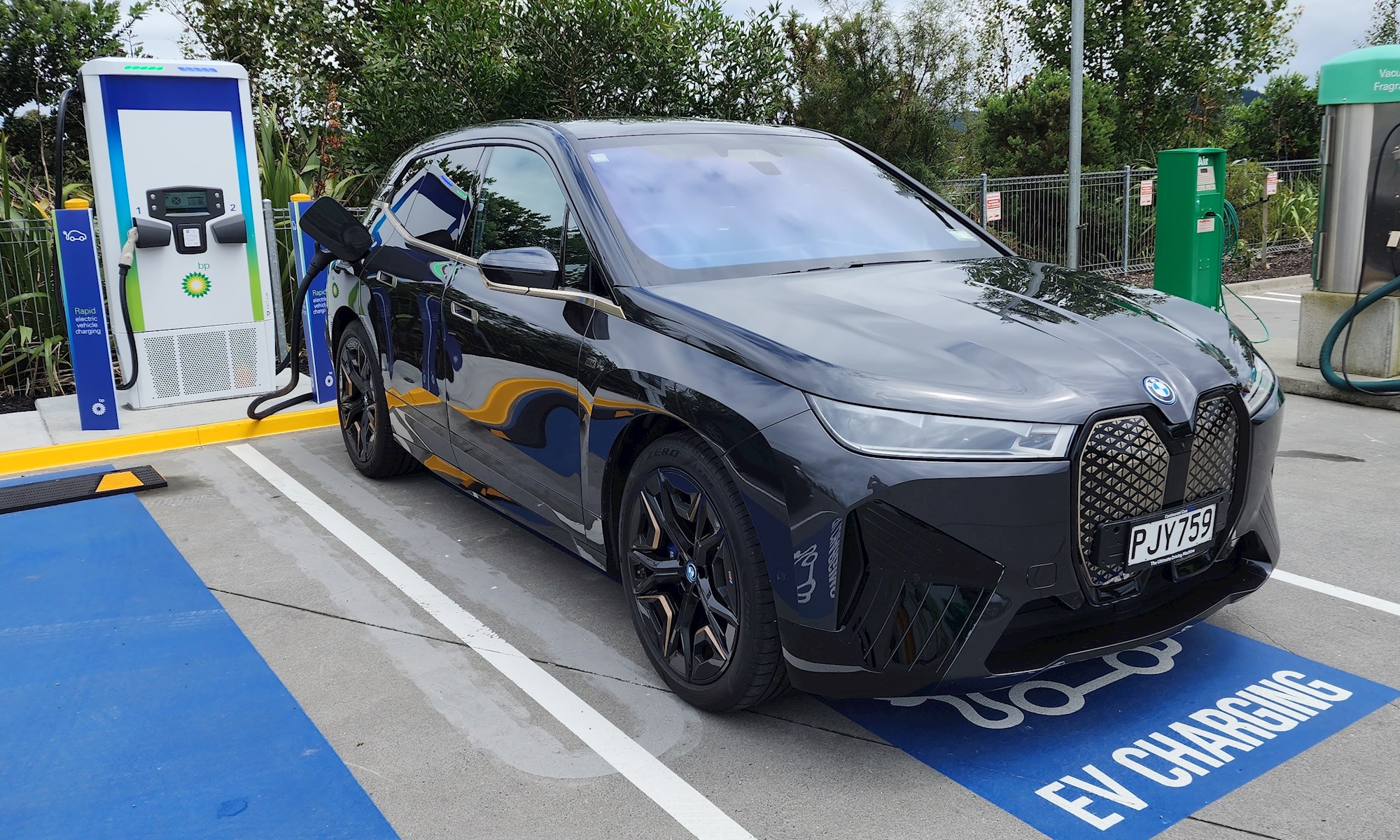
But as we mature into a more mainstream-EV world, doesn’t it make sense that eventually we’ll stare disapprovingly at plug-in cars that have a bit of an amperage addiction? That would be a sign of a truly mature EV automotive market.
We tend to think of all EVs as being roughly the same, but of course they’re not. In DRIVEN’s experience, there’s still a widespread belief that all EVs cost about the same to run; but that’s not true, because some are very frugal with their battery power, while others are tuned for performance first and who cares about the bill? You know, just like petrol cars.
The BMW iX M60 is very much in the latter group and surely one of those BEVs that might eventually be in the naughty corner for consumption.
This M-fettled monster SUV is the flagship of the iX range, packs a staggering 397kW/1015Nm and with Sport mode launch-control enabled (which releases 455kW/1100Nm for a brief period), can rocket to 100km/h in 3.8 seconds.
To make all of the above possible via two hyperactive electric motors, it has a massive battery: 112kWh, the largest power pack fitted to any production BEV on the Kiwi market. Which also means it weighs an eyebrow-raising 2.7 tonnes.
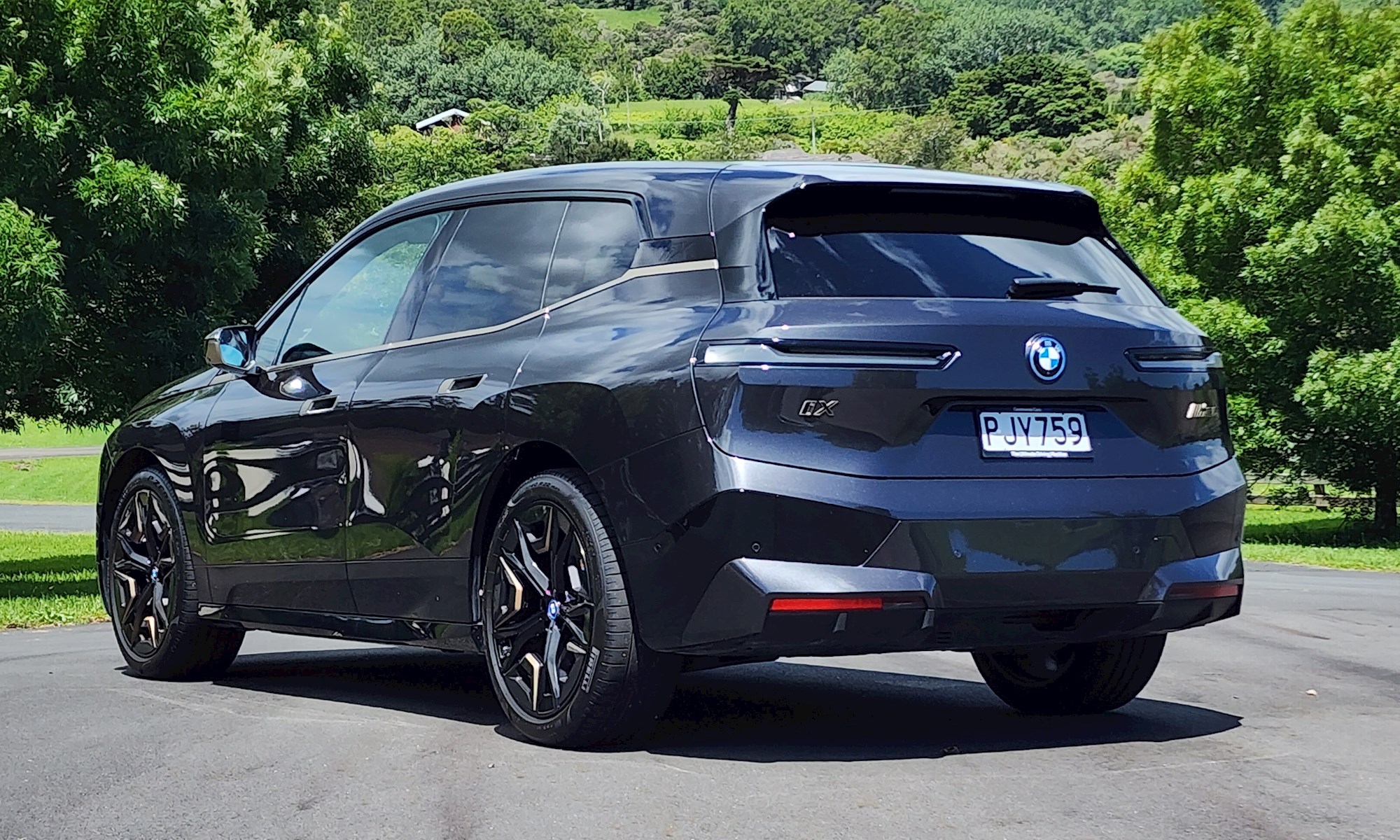
While the official WLTP range is an impressive 566km-maximum (with all the usual asterisks and qualifiers), if you use even a little of the M60’s performance potential on a regular basis (otherwise why have it?), the real-world range is more like 400km. That’s 28kWh/100km, or probably well into the 30kWh-bracket if you’re really enjoying yourself. That’s a lot of trips to the charging station... although the iX can replenish at up to 200kW per hour on a suitable paid DC Hyper Charger.
None of this is supposed to be a criticism of the iX in particular, which is DRIVEN’s reigning Luxury Car of the Year. We love it and the performance of this top M60 version is simply phenomenal; it’s entirely fit for M-brand/purpose and grins all-round.
But it’s also an interesting case study: massive performance brings extra financial and environmental cost in a BEV, just like it does in a petrol/diesel vehicle. Having a plug is not a free pass to performance excess.
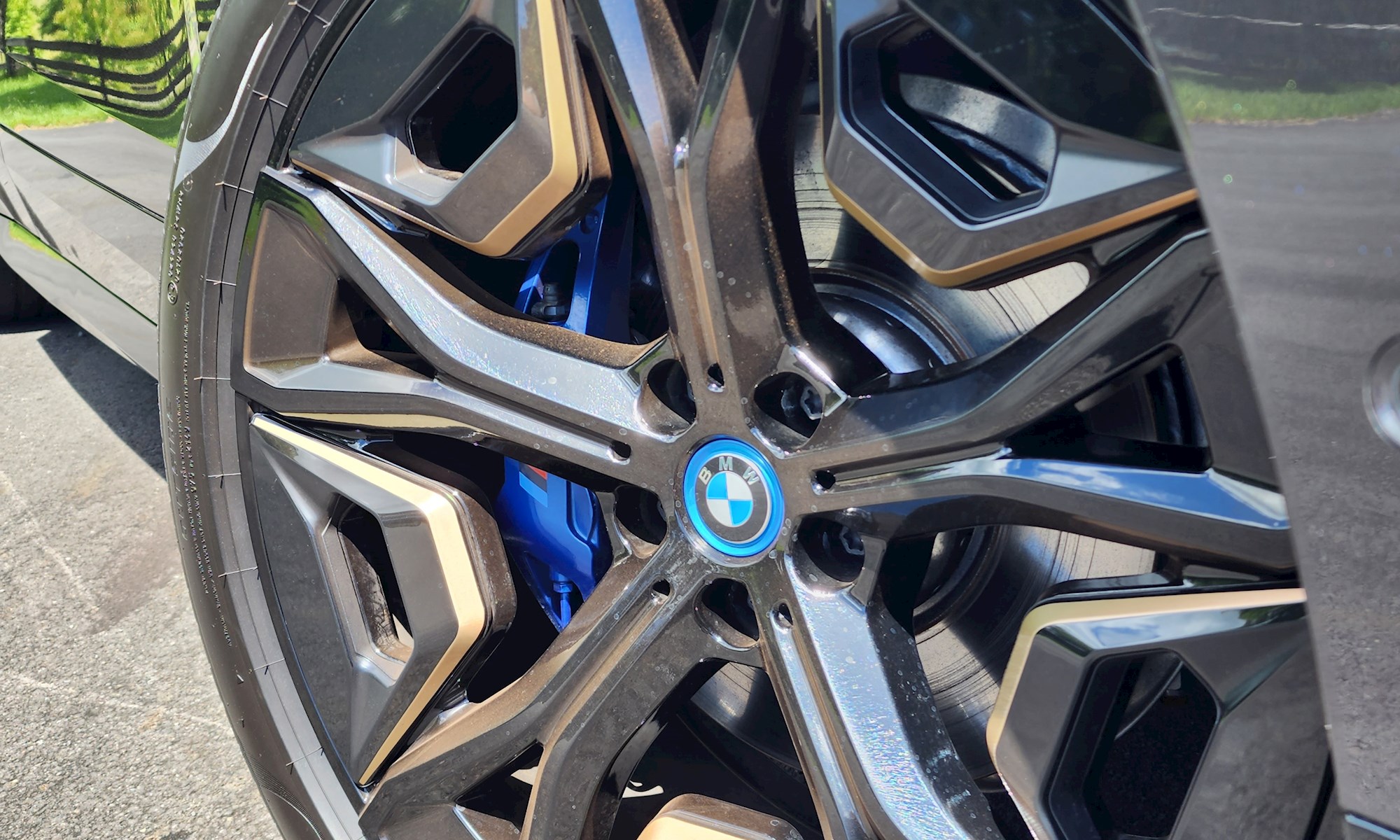
The M60 is not a pure M car, of course. Like the i4 M50, it’s an M Performance machine, benefitting from some BMW Motorsport expertise and tuning, without going all the way to full circuit credentials.
We’re okay with that, because despite the extreme speed, the M60 is not really supposed to be a sports star. It’s a super-luxury SUV that just happens to be capable of a surreal turn of speed when required.
We’ve covered the iX interior in depth before, so we won’t dwell on it here. Except to say it’s sensational, with a massive curved display, lounge-like ambience and more futuristic light and sound than you could possibly imagine (some of the latter created by Hans Zimmer).
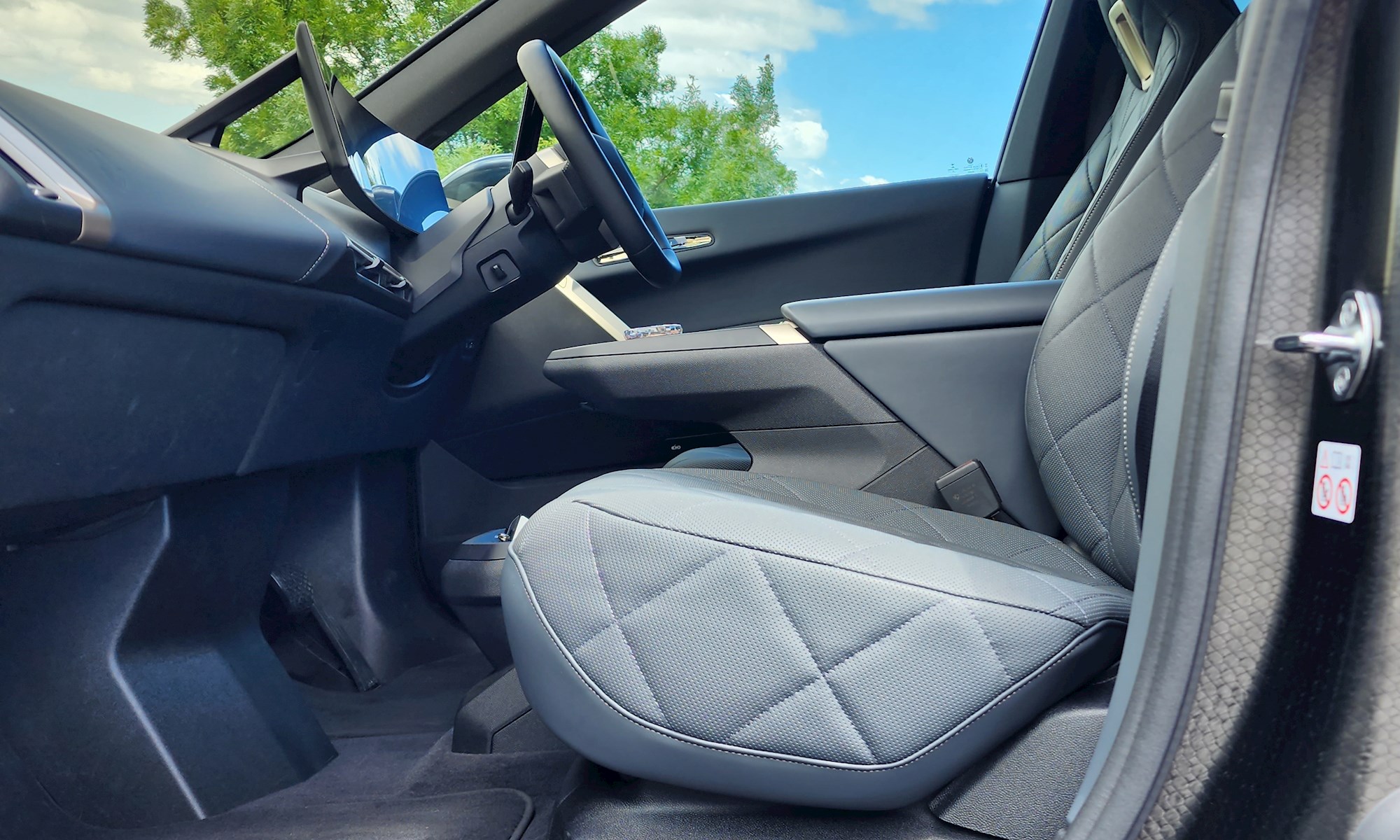
We drove the M60 in Germany earlier this year, but the elephant in the room was how well this enormous SUV could deploy its enormous performance on winding, sometimes-narrow Kiwi roads.
The acceleration and traction are simply phenomenal; and they do go together, because the former would be terrifying without the latter. Performance BEVs boast astonishingly responsive AWD abilities, because it’s all electric motors and software. No mechanical connections, so no delays.
But the iX M60 turns like a grippy SUV, not a sports car. So the most sobering aspect of the car on Kiwi backroads is its width, because it takes up a lot of tarmac and you have to be quite precise with your inputs. But the clever air suspension allows you to tweak the chassis response somewhat and the ride feels quite resolved even on the bumpy stuff, albeit noticeably firmer than the regular iX even in normal mode.
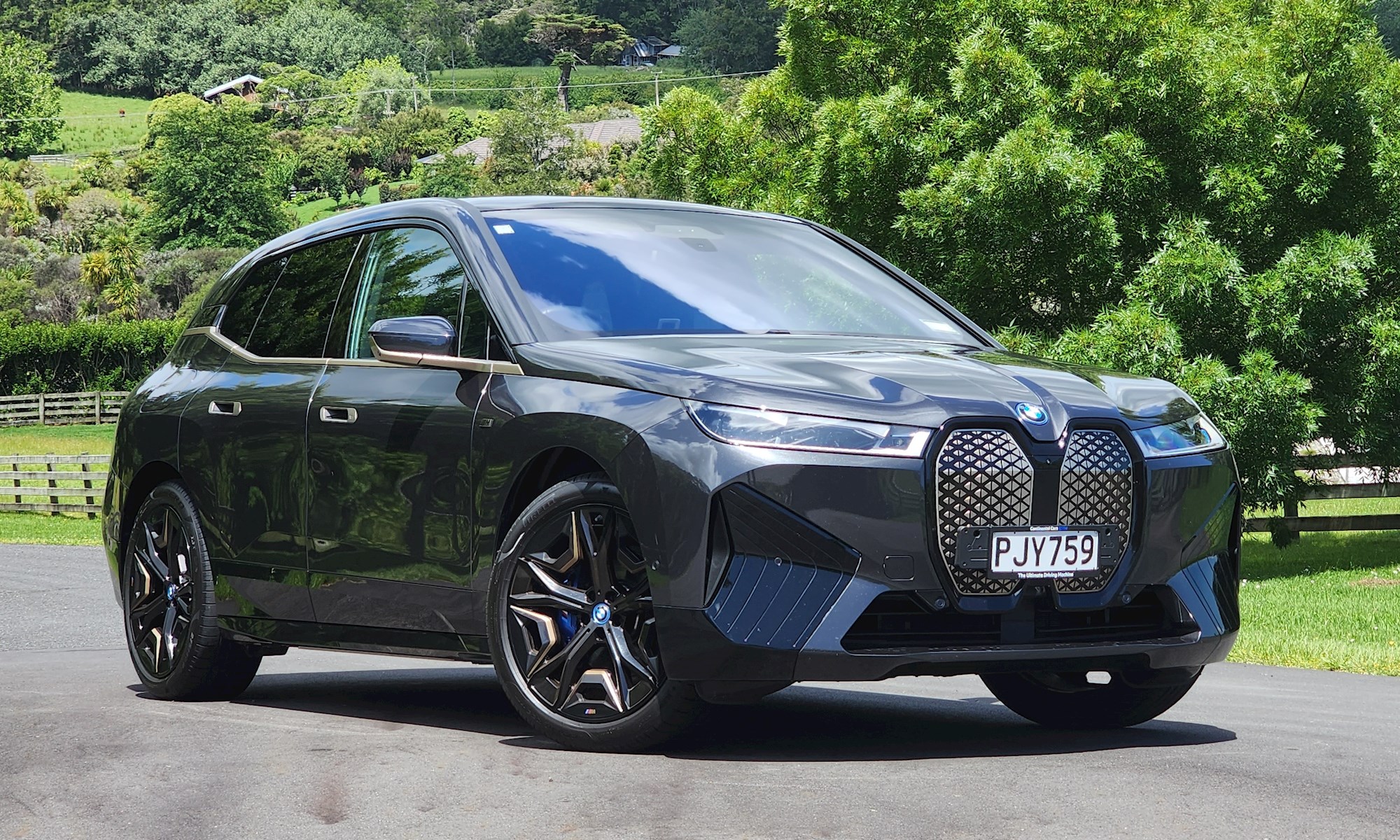
It’s an incredibly fast A-to-B machine for sure, just not one you’d want to throw around. Not like you would an M car.
It seems that every time you drive the M60 and everywhere you look, there’s something that makes you go “wow!”. It’s an incredible engineering (and coding) achievement, a measure of just what BMW can do with a bespoke BEV platform.
Having said that, the lounge-on-wheels ambience of the iX still seems better served in the lower-end (but still super luxurious) $170k 40 and $205k 50 models, which are still decently quick; just not crazy quick. We love the iX… but try those ones before you commit to this one.
BMW iX M60
ENGINE: 112kWh battery with dual electric motors
POWER: 397kW/1015Nm (455kW/1100Nm in Sport boost)
GEARBOX: Single-speed automatic, AWD
0-100KM/H: 3.8 seconds
CONSUMPTION: 21.7-24.7kWh/100km, range 566-499km (WLTP)
PRICE: $238,900













